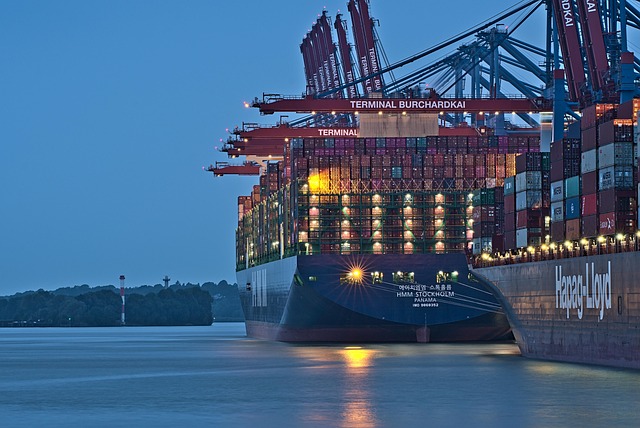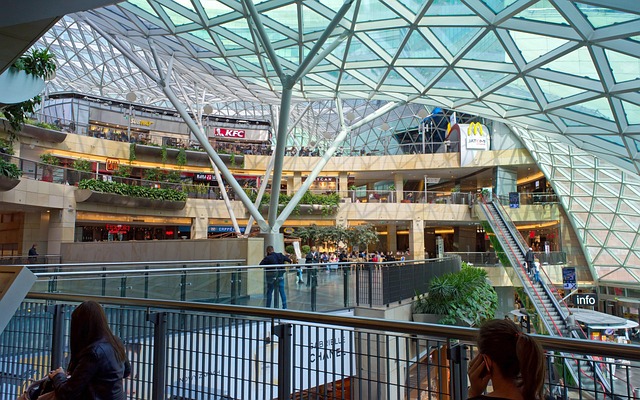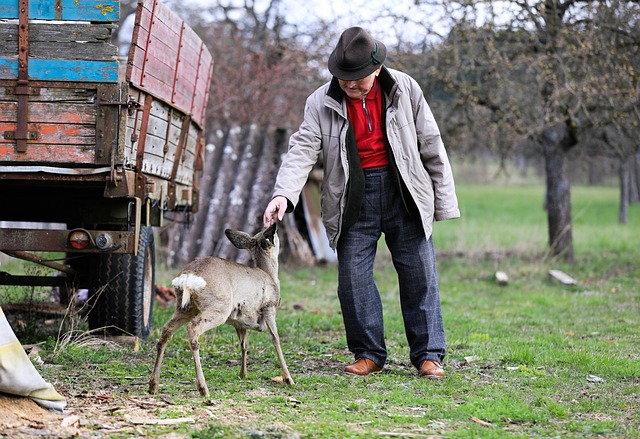Commercial re-roofing involves assessing roof condition, selecting suitable materials like overlay roofs for flat structures, creating a detailed project plan, and adhering to safety protocols during installation. Challenges include integrating new systems with existing structures in older buildings and managing construction disruptions on busy business premises. Proper post-re-roofing maintenance through regular inspections, efficient drainage, ventilation, and additional layers ensures a durable investment.
When a commercial property requires a new roofing system, a thorough understanding of the process is essential. Commercial re-roofing goes beyond simple replacement; it involves assessing the structural integrity of the existing roof, choosing durable materials, and planning a multi-step installation process. This article delves into the intricacies of commercial re-roofing, from identifying when a re-roof is necessary to post-installation maintenance tips. Learn about assessment methods, material selection, project phases, common challenges, and longevity strategies for your next commercial roofing project.
- Understanding Commercial Re-Roofing: When and Why It's Necessary
- Assessment Methods for Identifying Old or Damaged Roofs
- Choosing the Right Roofing Materials for Commercial Properties
- The Step-by-Step Process of Commercial Re-Roofing Projects
- Common Challenges and Solutions in Commercial Rooftop Installs
- Post-Installation: Maintenance Tips and Longevity Strategies
Understanding Commercial Re-Roofing: When and Why It's Necessary

Commercial properties often require re-roofing at some point in their lifecycle due to the deterioration of the existing roofing system. This process involves removing the old roof and installing a new one, or in some cases, adding a second roof layer as an overlay to extend its lifespan. Reroofing is necessary when the current roofing material becomes damaged, leaky, or no longer provides adequate protection against the elements. It could be due to aging, wear and tear, exposure to harsh weather conditions, or poor initial installation.
For flat roofs in particular, reroofing is a common practice as these types of roofs are more susceptible to damage from sunlight, UV rays, and varying temperatures. An overlay roof can serve as a cost-effective solution, providing an extra layer of protection without the need for a complete replacement. Understanding when and why re-roofing is necessary is essential for business owners to ensure their property remains in good condition and maintains its value over time.
Assessment Methods for Identifying Old or Damaged Roofs

When considering commercial re-roofing, assessing the current state of the roof is a crucial first step. Professional roofing contractors employ various methods to identify old or damaged roofs that require replacement. One common approach involves visual inspection from the ground or with the aid of cameras and drones for detailed aerial surveillance. This method helps spot visible signs of wear and tear, such as missing shingles, cracked membranes, or water damage, which can indicate a need for a new roofing system.
Additionally, contractors may use moisture detection tools to identify areas where leaks have occurred or where the roof’s underlayment is no longer waterproof. By combining these assessment methods, they can accurately determine whether an overlay roof (a second layer on top of the existing one) or a complete reroof flat roof replacement is necessary. This thorough evaluation ensures that any new roofing system installed is tailored to meet the specific needs and structural requirements of the commercial property.
Choosing the Right Roofing Materials for Commercial Properties

When it comes to commercial re-roofing, selecting the appropriate roofing materials is a strategic decision that significantly impacts the long-term functionality and durability of a property. Business owners often consider factors such as climate conditions, structural integrity, cost efficiency, and maintenance requirements when choosing between various options. For flat roofs, an overlay roof might be the ideal solution, offering a cost-effective way to extend the life of the existing structure while providing adequate protection against elements like rain and snow.
The decision process should also incorporate the property’s architectural design, local building codes, and sustainability goals. Certain roofing materials, like metal or synthetic rubber, are known for their versatility, resistance to corrosion, and environmental friendliness—all desirable traits for a long-lasting commercial re-roofing project. Additionally, proper consideration of underlayment and flashing ensures that the new roof layer provides comprehensive protection, especially in regions with extreme weather conditions.
The Step-by-Step Process of Commercial Re-Roofing Projects

When it comes to commercial re-roofing projects, a systematic approach is essential for a successful and seamless transition from old to new. The process typically begins with an initial assessment, where roofing experts inspect the existing structure, identifying any damage or vulnerabilities. This step is crucial as it determines the scope of work involved in the commercial re-roofing process. Once the assessment is complete, a detailed plan is outlined, considering factors like budget, timeline, and the type of new roofing system best suited for the property.
The actual installation involves several key stages. First, the old roof is thoroughly cleaned and prepared, ensuring a clean canvas for the new second roof layer. An overlay roof or reroof flat roof (depending on the chosen system) is then meticulously installed, followed by flashing and venting to ensure proper water management and ventilation. The final touches include sealing and trim work, guaranteeing a durable and weatherproof finish. Throughout this process, safety protocols are strictly adhered to, ensuring the well-being of workers and the integrity of the structure.
Common Challenges and Solutions in Commercial Rooftop Installs

When it comes to commercial re-roofing, several challenges can arise due to the unique demands and complexities of large-scale projects. One of the primary hurdles is ensuring a seamless integration of the new roofing system with the existing structure. Many older buildings have multiple roof layers, requiring careful assessment and precise planning to avoid structural complications during the installation process. A comprehensive inspection is crucial to identify these hidden layers, especially if there’s an overlay roof or a reroof flat roof involved, as it dictates the choice of materials and techniques for a successful commercial re-roofing project.
Another common challenge is managing the disruption caused by construction activities on busy business premises. Commercial rooftops are often accessible areas, serving as loading docks, equipment storage spaces, or even outdoor seating. During re-roofing, these functional zones must be carefully secured and temporarily relocated to minimize interference with daily operations. Effective project management and clear communication between contractors and building managers are essential solutions to ensure business continuity and a smooth transition without significant disruptions.
Post-Installation: Maintenance Tips and Longevity Strategies

After a successful commercial re-roofing project, proper maintenance becomes essential to ensure the new roofing system lasts as long as possible. Regular inspections are key; checking for any signs of damage, leaks, or loose fixtures. Keeping gutters clear and ensuring proper drainage is crucial, especially in regions with significant snowfall or heavy rainfall.
For flat roofs, implementing an effective ventilation system can help regulate temperature, reduce internal heat buildup, and prevent potential damage from extreme weather conditions. An overlay roof or additional second roof layer might be recommended for enhanced protection, especially in areas prone to harsh climates. These strategies, combined with routine maintenance, contribute to extending the lifespan of your commercial roofing system, ensuring it remains a solid investment.
